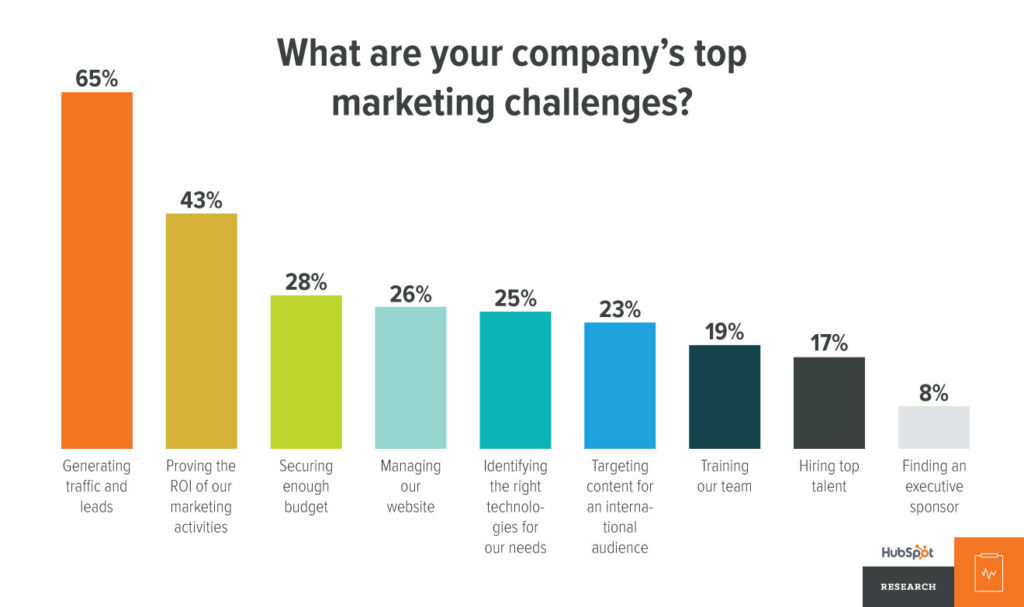What are some best practices for lead nurturing aside from automated email tools?
 No matter how much content marketing evolves, generating traffic and leads remains one of the biggest challenges that marketers face.
No matter how much content marketing evolves, generating traffic and leads remains one of the biggest challenges that marketers face.
This is why lead nurturing will always be a big priority for any business. Statistically, 40% to 70% of qualified leads aren’t ready to buy yet. You have to do what you can to give them a nudge in the right direction.
The most common way to do that is through email. Emails are a direct line to your customer. They’re cost-effective, can be automated for consistency, and data is easily trackable and measurable. However, they’re not your only option. Here are my other preferred lead nurturing practices that I’ve learned through the years:
1. Align Your Sales and Marketing Objectives
Your goal in marketing is to get potential leads to pay attention to your product. Once they do, it’s your sales strategy that will inform how to reach out to them at the right moment to increase conversion rates. Identifying this right moment in the conversion process is critical to your success, and that requires seamless alignment between your marketing and sales objectives. From understanding how a lead was captured to analysing data from their buyer’s journey—the details of where they’re at and how they got there will inform a more personalized strategy for convincing a lead to convert.
2. Maximize Inbound Content
The reason you need to nurture leads is that you don’t want to directly and overtly sell to them from the get-go. You want to build trust and establish your credibility. You can do so by focusing efforts on creating great inbound content to help nurture your leads. This can include blogs, infographics, social media content, and other materials that will help your audience address specific pain points.
3. Make An Effort to Truly Personalize Your Approach
As touched on in point 1, using lead data to create customized messaging and content can go a long way towards convincing people to convert. This goes beyond simply addressing them by name. You can also create customized messaging to focus on their psychographics, demographics, and even their purchase history and location. This is why it’s so important to get to know your audience.
Whenever possible, make an effort to segment your audience so you can deliver an even more personalized lead nurturing experience.
4. Always Track Your Customer Journey
When your audience begins their customer journey, it demonstrates their interest in your product or service. Depending on where they are in this journey, you can create more appropriate responses based on behavioural patterns and signals that can further engage them using the right messaging.
I would also like to emphasize the importance of testing when it comes to lead nurturing. The best way to gather data that will help you improve your strategies and efforts is to understand exactly how different techniques and methods affect your audience. Testing is a crucial strategy to determine what’s working and what’s not so you can evolve your strategies.
Hope my answer helps! As always, if you have any questions, feel free to reach out to me at Leadspanda.
Share This Story
Get the latest growth ideas, strategies, and best practices delivered to your inbox.
Quick read that helps 7000+ subscribers.






